I give it 5 Stars.
Agatha Christie, move over.
The Color of Fear is author Wendy Wanner’s debut novel. Ms. Wanner is a talented writer and an exceptional storyteller. The novel is a fast-paced page-turner in the most enjoyable sense. Although I finished this book this past weekend, the story, the plot, and most of all the characters are still with me. The story is, among other things, a whodunit that pays tribute to the genre for which Agatha Christie is famous. But like a Venn diagram, The Color of Fear also falls within other genres: literary and occult fiction.
Likable characters and an interesting story are, of course, important, a good reason to read a book. But that is not enough in my view for a book to merit a five-star review. There must be more, and in the case of The Color of Fear, there is much more: an intricate multilayered plot and psychologically rich characters with believable and satisfying arcs. In The Color of Fear both the characters and the stories continue to surprise as the narrative unfolds.
Regarding characterization, by way of example, we meet the protagonist, Rachel Steerley of Eastwood, Massachusetts at the outset at the funeral of her older brother Stephen in Scotland. Stephen was a suicide by self-defenestration. After the funeral, shortly before her flight back to Massachusetts, Rachel stops by to see her sister-in-law. In a surprising first turn, the sister-in-law screams at Rachel, telling her to take her demons, depart, and never return. That was creepy, and as I continued readubg, I kept waiting for the other shoe to drop. When I was a little more than halfway through, and nothing had occurred to suggest that Rachel was a bearer of demons, I concluded that the sister-in-law scene was a MacGuffin. Rachel is this sweet woman, goodhearted, nothing remotely sinister about her. The demon allegation, I concluded, was a chink in an otherwise superbly developing novel. But Wanner, an elegant storyteller, returned to this incredibly important clue, in a surprising twist at the very end.
So yes, Rachel is developed as a fine, loving, talented artistic woman, but that alone doesn’t relate to the complexity of her character or her character arc. Rachel, we discover, has a huge emptiness like a void obscuring her essence. She is an orphan, her parents having drowned when she was six. Afterward, she was raised by her grandparents while Stephen doted over her, protected her. When we meet Rachel in media res, she is a talented interior designer who has no close friends, no romantic interests, and aside from her work, no hobbies, social or intellectual interests. She is a contented, successful, two-dimensional (you might say) workaholic moving through life, doing what she loves, building a thriving business. She has no self-awareness of the cornucopia of pleasures and satisfactions life has to offer.
Then the murders begin. Four elderly ladies of Eastwood, each a new client and potential friend of Rachel’s, dies shortly after Rachel begins work for them. Rachel is the last person to see each of these women alive, except that is, for the killer. Unless Rachel is the killer. Is Rachel the killer? Does she have a dual personality? An interesting theory but one that proved false to me by the time of the second murder.
It is then that we begin to see the development of Rachel as the she flowers and grieves as her new clients are killed one after another, hollowness at the center of her being fills with new senses of purpose. The murders allow or cause Rachel to lower her defenses. She makes new good friends with good people (well mostly good people), she becomes romantically involved with the fine young man next door, a solo practicing lawyer. She develops newfound intellectual interests—especially about the history of Eastwood—and extracurricular pursuits: horseback riding and plans to restore her childhood home. She has moved back to Eastwood into her ancestral family home before the book begins. And as the novel progresses, Rachel learns more and more about and becomes ever more interested in the town’s citizens, its history, and her family’s history. This is rich character development and deeply satisfying character arc.
Meaningful character development in The Color of Fear, isn’t confined to Rachel. All the characters make important choices and undergo significant and satisfying change. I’ll dwell briefly on two bachelors, brothers Brian—a seller of rare books—and Frederick Richardson—the pastor in Eastwood’s oldest chruch. Each of these men though eccentric are filled with energy and purpose when we readers are introduced to them. When we first meet Frederick his sermons are vibrant, his counseling of parishioners wise and sincere. But at the end events have left him a defeated hollow man, leaving Eastwood, abandoning his church and congregation, turning his back on God as though for him life had lost all of its meaning.
The other reason I so highly recommend this book is for the elegant intricacy of the intertwining plots as they unfold. There is the overriding question of whodunit. And how. And why. Even these plot lines are bifurcated, even trifurcated. There is the police investigation and Rachel’s. Along the way we are treated to the budding of not one but two romances, a psychologically abused wife coming of age, women forming new friendships with one another, the relationship of the Richardson brothers, and the deep secrets of a legacy of witchcraft. Eastwood we learn isn’t far from Salem and witchcraft mania is never far from the psyche of the town folks, descendants of Puritan pilgrims. And as I said, the surprising, satisfying twist at the end.
The book I’ve reviewed was purchased myself.

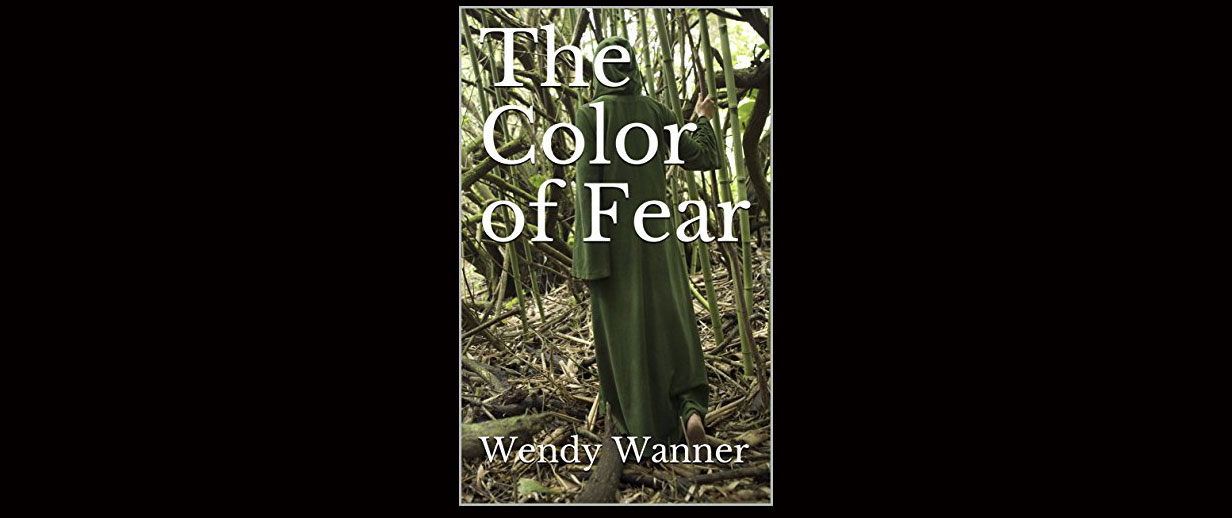
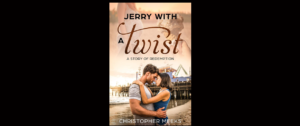

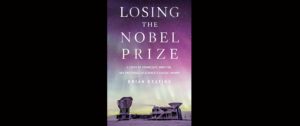

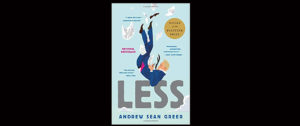
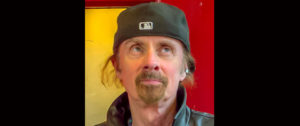
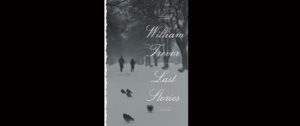

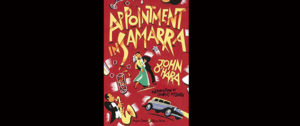
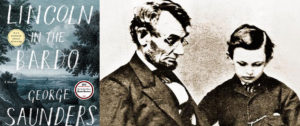


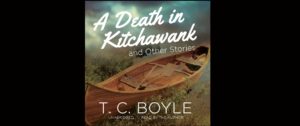
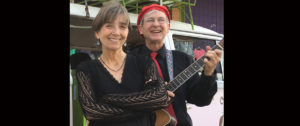
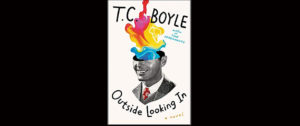
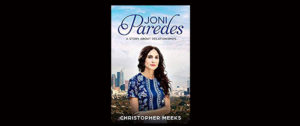



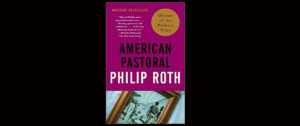


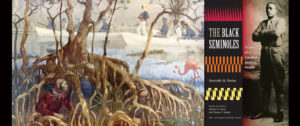
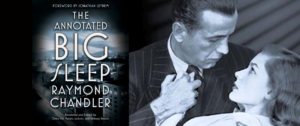
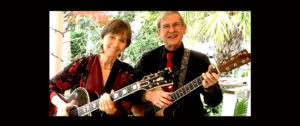
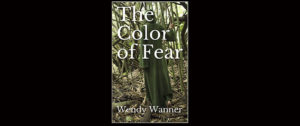
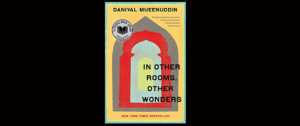


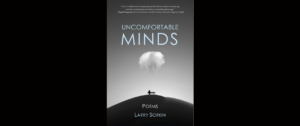



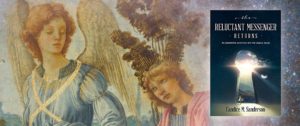
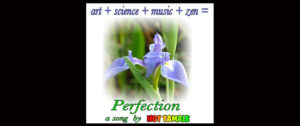
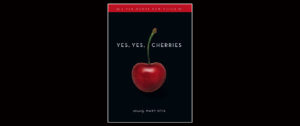

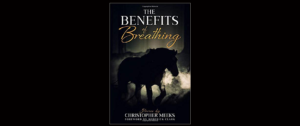
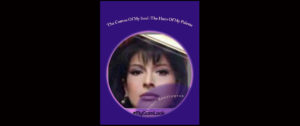
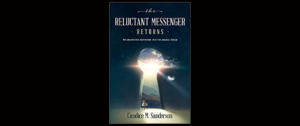
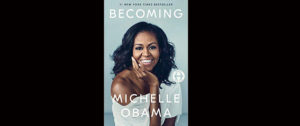
Pingback: Review of A TWIST OF KARMA by Wendy Wanner. - James Victor Jordan